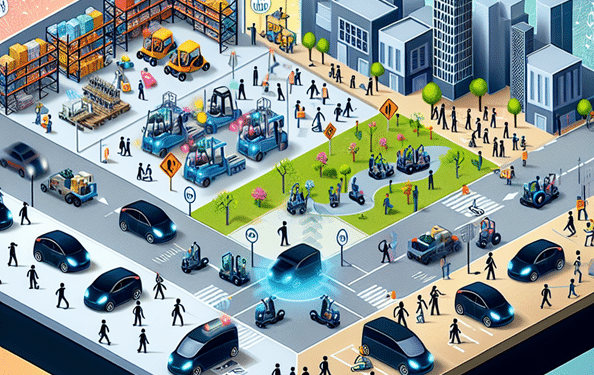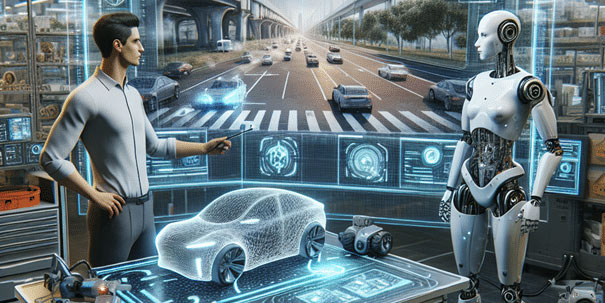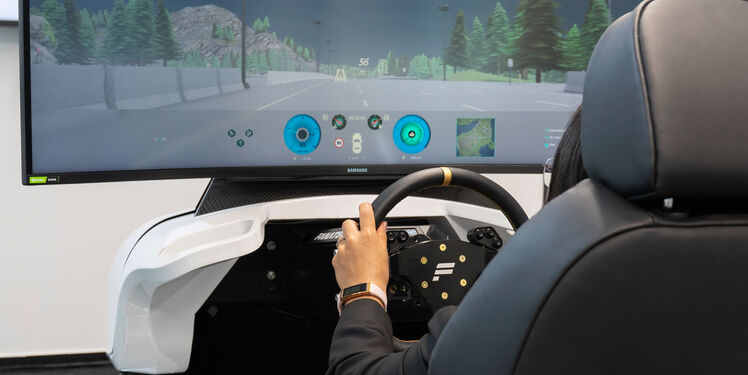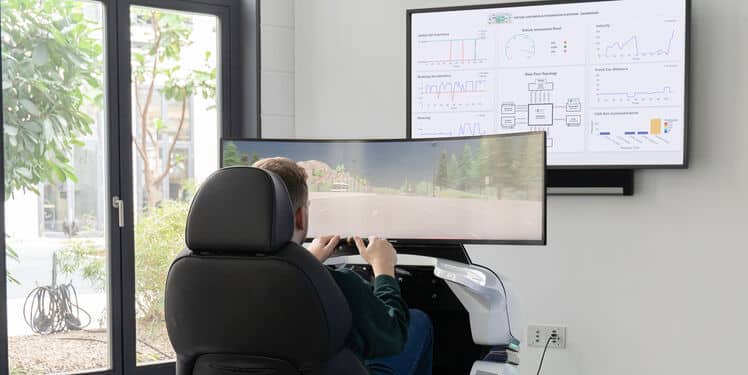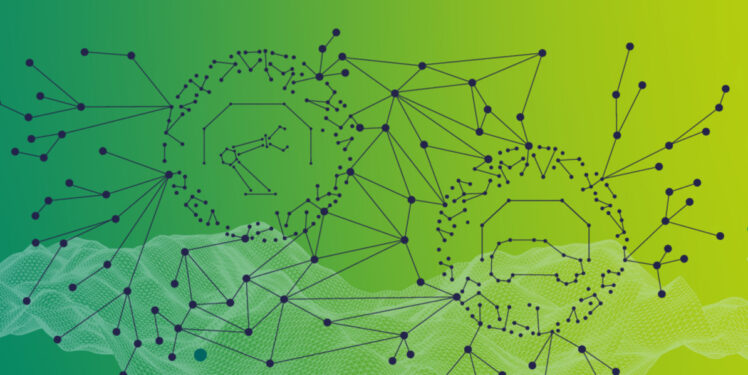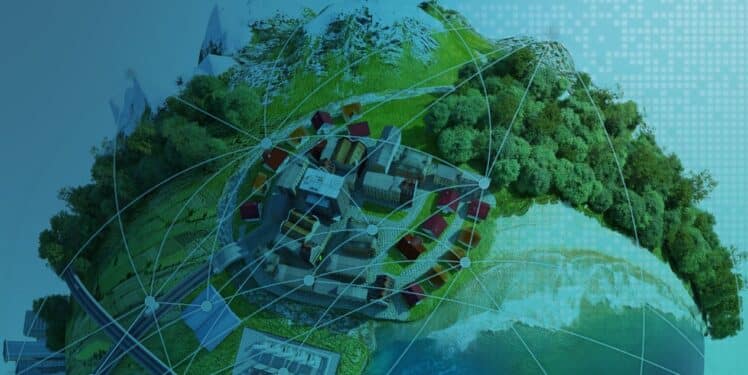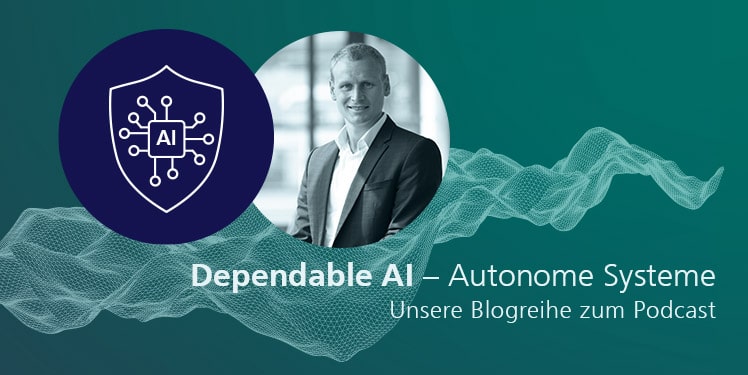Cross-Domain Safety Analysis to Support ODD Expansion for Autonomous Systems
Ensuring safety in Autonomous Driving Systems (ADS) as they transition between different Operational Design Domains (ODDs) is both challenging and crucial. In our research projects, we found that there are no established methods out there for modeling, analyzing, and documenting…

